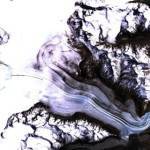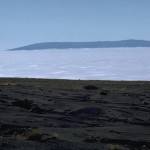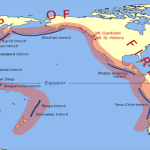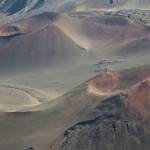Classification Of Volcanoes
When studying the volcanoes in the world it is important to understand what the classification of volcanoes is and how it works. There are several factors that go into account when attempting to classify a volcano into a group and that includes things like recent activity, periodicity of eruptions, size, potential impact and others. Though it is not common to hear it volcano eruptions are actually not that rare. More often than not the classification of volcanoes refers to the life cycle and that could define them as active, extinct or dormant. However, a volcano can also be classified by the composition of the structure and that would mean that it can be a shield, conical or stratovolcano. Finally they can also be classified because of its eruption which could be quiet or explosive.
Active Volcanoes
A volcano will be classified as an active volcano if at the present time it is expected to erupt or is erupting already. One of the best examples of this classification of volcanoes would be Kilauea which has been erupting since 1983. There are a total of close to 1,500 of such volcanoes on the planet. Every year somewhere between 50 and 70 volcanoes will erupt.
Dormant Volcanoes
The classification of volcanoes which is called dormant would be a volcano that is not erupting or predicted to erupt in the near future. However, it has done so in recordable history. A dormant volcano is also expected to have an eruption sometime in the future. Sometimes the difference between a dormant volcano and an active volcano can be pretty small. That is because even though a volcano can be dormant for hundreds of years it is still expected to have an eruption in the future.
Mauna Kea is a volcano which is located on Big Island and its last eruption took place 3,500-4,000 years ago. However scientists believe that it will erupt again. What makes that volcano dormant is that currently there is no prediction as to when that eruption could take place. A dormant volcano could be very dangerous because people in the surrounding areas are usually not prepared and complacent leaving close to the mountain. Before its eruption in 1980, Mount St. Helens was dormant.
Extinct Volcanoes
An extinct volcano is a volcano that no one expects will ever have another eruption. One such volcano is also located on Hawaii’s Big Island and its name is Kohala. The last time that Kohala erupted was close to 60,000 years ago. As of now scientists do not believe that volcano will ever be active again. Keep in mind that this classification of volcanoes that are extinct is not necessarily definitive as some have gone through what is called rejuvenation.
Type Classifications
Classification of volcanoes can also be done because of the type of composition and structure of the volcano. A shield volcano is dome shaped and low. These volcanoes are mountains that have been shaped by the flows and can cover larger areas. The simplest form of volcanoes would be the cinder cone type. These volcanoes have erupted from one single vent and a bowl shaped crater will be found in the summit. The most common type of volcano is the strato or composite. These are tall mountains that have steep sides and which have alternated magma and layers of rock.
Eruption Classification
There are two types of classification of volcanoes based on eruption and these are central or explosive and fissure or quiet. An explosive eruption happens because of a buildup of gas under very viscous slow flowing and thick magma. These types of eruption are very violent and rapid; more often they will spew volcanic material, lava and ash onto a large area. A fissure or a quiet eruption will emit a lot of lava from a fracture or fissure. Because lava would usually have a low viscosity, the gas can easily escape.
Samples Of Volcanoes
There are several places in the world which can demonstrate the classification of volcanoes but most active volcanoes will be found in the Pacific Ring of Fire. There are, however, volcanoes not located in the Pacific which are active; some of them include Etna and Vesuvius, Mount Pinatubo and Stromboli.
Classification of volcanoes that are dormant will include a lot of the volcanoes still found in the Ring of Fire and other places nearby. One example would be Mount St. Helens previous to its 1980 eruption. Before a dormant volcano is about to erupt it is usually proceeded by small tremors and earthquakes.
Finally when you are looking at extinct volcanoes you can look at the ones in the Eiffel district in West Germany as well as several volcanoes in USA. There are two volcanoes in Northern Ireland which are also extinct volcanoes and those are Skye and Mull.




